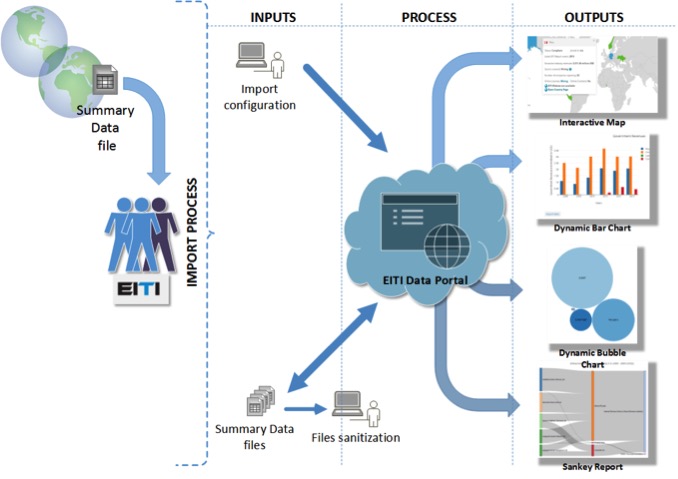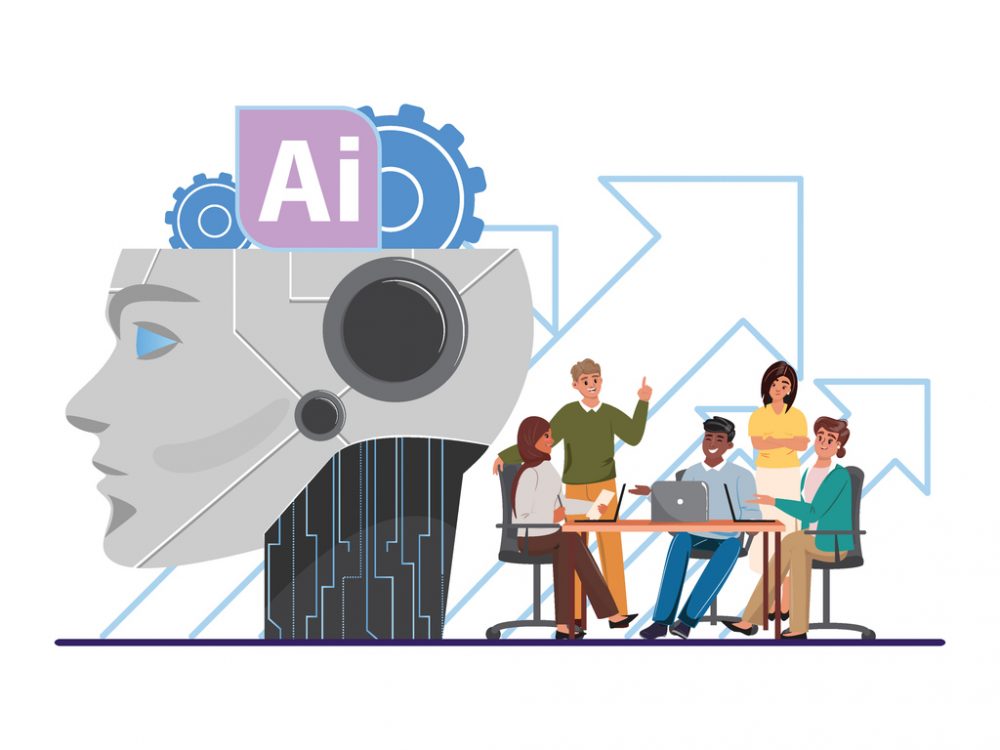Behind the Scenes of EITI.org
Last winter, DG began working with the Extractives Industries Transparency Initiative (EITI) Secretariat on the development of a new global data portal, in support of the initiative’s work. A central tenet of EITI is that greater openness around the management of natural resources is essential for public debate, engagement, and accountability to ensure that a country’s natural resources benefit its citizens.
With each of the 51 EITI member countries disclosing extensive data and information, there was great potential to increase the accessibility and usability of this data. We sought to maximize this opportunity by building out extensive front-end data visualizations, to better communicate EITI’s work, and bring extractives data “to life” for technical and non-technical users.
While “invisible,” no less important is the data portal’s back-end data management scheme. When creating these visualizations, one of the challenges we faced was ensuring data were available and up-to-date – challenging because different countries have different reporting schedules. To address this challenge, the DG team developed an automatic summary data import process to streamline the data input, validation, and dissemination process.
EITI candidate and member countries must send formatted summary data reports to the secretariat on a regular basis, that include data broken down by year. The automatic import process makes it easier for EITI staff to input this data, by allowing them to configure and automate which indicator (i.e., production or export volume) and government finance code (i.e., licenses or royalties) fields should be imported. Once the fields have been configured, the application runs an automated process, to determine whether or not all data included in the file has the required format, and whether existing data in the system must be updated, based on the new summary template information. The application can also apply conversions (i.e., currency, volume), and save this data to the database – EITI staff may also add non-summary report data (such as population) to the country profile, to provide additional context.

Diagram of the Automatic Summary Data Import Process
The result? A mighty back-end and data management process, which serve as a cornerstone for a highly interactive portal to disseminate extractive data – with outputs including an interactive map and customizable charts, to a country comparison tool and data export. As an organization, we take pride in developing high-tech visualizations to foster data literacy and use; but just as importantly, we are also committed to developing back-end features and procedures to ensure sustainability and scalability.
Share This Post
Related from our library

Introducing The HackCorruption Civic Tech Tools Repository
Introducing the Civic Tech Tools Repository: an open-source hub of digital solutions to fight corruption. Designed for growth through GitHub contributions, it brings together tools, code, and resources across six key areas for HackCorruption teams and beyond.

Beyond Kigali: Where Does Africa Go from Here with AI?
As governments, funders, entrepreneurs, and technology leaders rally around the AI moment and move towards actions, at Development Gateway, we are asking a different set of questions: Where is the data, and what is the quality of the data behind the algorithms? How will legacy government systems feed AI tools with fresh and usable data? Are Government ministries resourced to govern and trust the AI tools that they are being encouraged to adopt?

Building a Sustainable Cashew Sector in West Africa Through Data and Collaboration
Cashew-IN project came to an end in August 2024 after four years of working with government agencies, producers, traders, processors, and development partners in the five implementing countries to co-create an online tool aimed to inform, support, promote, and strengthen Africa’s cashew industry. This blog outlines some of the key project highlights, including some of the challenges we faced, lessons learned, success stories, and identified opportunities for a more competitive cashew sector in West Africa.